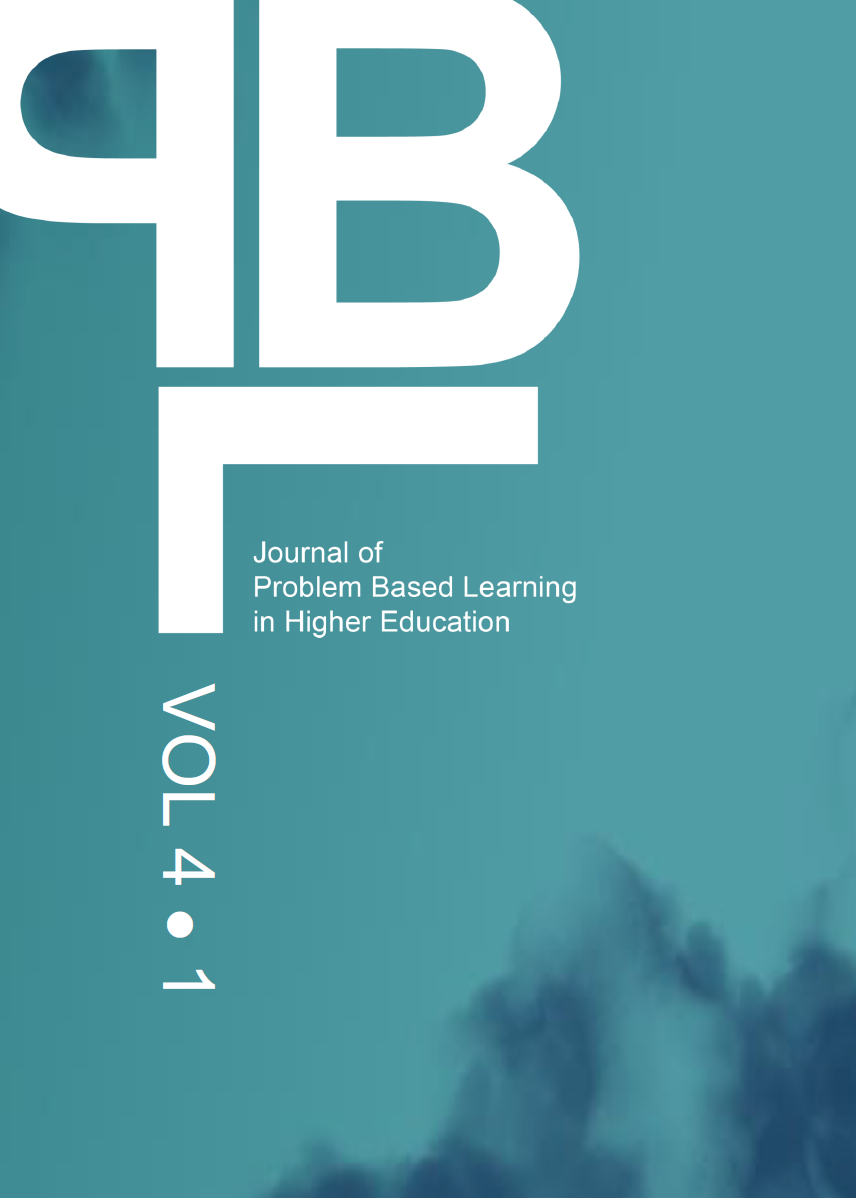Abstract
This paper describes the implementation of problem-based learning (PBL) principles in an undergraduate IT service management course, followed by the results about student satisfaction and work performance. The results indicate the students’ general satisfaction with the course implementation, as well as some challenges regarding the self-assessment and peer assessment of their work. The findings also reveal the students’ better work performance in project results than in traditional knowledge tests, which reinforces the indications about their positive attitudes towards the interactive PBL environment. The cluster analyses identified seven different patterns in student behaviour regarding course performance. The presented results can be considered a new aspect of the development and amendment of the information and communication technology (ICT) skills requested by future employers. In this regard, the demand for innovation in the education of future ICT professionals arises from the need for experts equipped with both IT and business skills.Articles published in Journal of Problem Based Learning in Higher Education are following the license Creative Commons Attribution 4.0 (CC-BY)
Authors retain copyright and grant the journal right of first publication with the work simultaneously licensed under a Creative Commons Attribution 4.0 International License (CC-BY). Further information about Creative Commons
